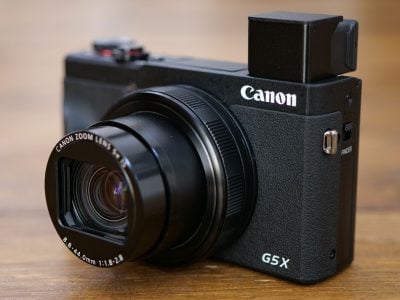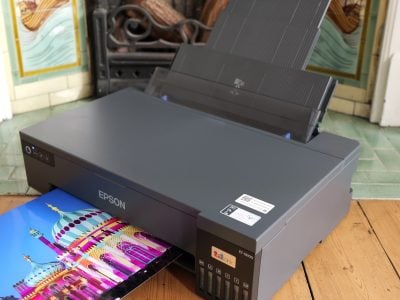Nikkor AF-S DX VR 55-200mm f/4-5.6 G ED
-
-
Written by Gordon Laing
Samples
,
taken with Nikon D80
The following images were taken with the Nikkor DX 55-200mm VR lens using the Nikon D80 body. Unless otherwise stated, each image was recorded using the D80’s Large Fine JPEG mode, with Auto White Balance, 3D Matrix metering and the Optimise Image parameter set to the default Normal for sharpening, tone, colour, saturation and hue; High ISO Noise Reduction was set to Normal. The individual file size, exposure mode, shutter speed, aperture, ISO and lens details are listed for each image.
The crops are taken from the original files, reproduced at 100% and saved in Adobe Photoshop CS2 as JPEGs with the Very High quality preset, while the resized full images were made in Photoshop CS2 and saved with the High quality preset. The three crops are typically taken from far left, central and far right portions of each image.
Landscape: 4.19MB, Program, 1/500, f8, ISO 200, 55-200mm at 160mm (equivalent to 240mm)
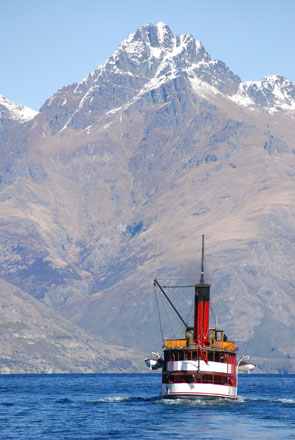 | 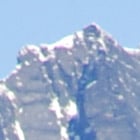 | |||
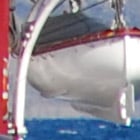 | ||||
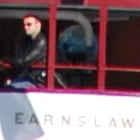 |
Our first image was taken with the 55-200mm zoomed-in by around three quarters. The ship was sailing away at quite a speed but the D80 and lens focused on it with no problems.
Despite not fully being zoomed-in, the VR still proved very useful for aligning the horizon.
The crops show plenty of detail with only slight evidence of fringing around high contrast areas.
Building: 4.38MB, Program, 1/250, f8, ISO 100, 55-200mm at 55mm (equivalent to 83mm)
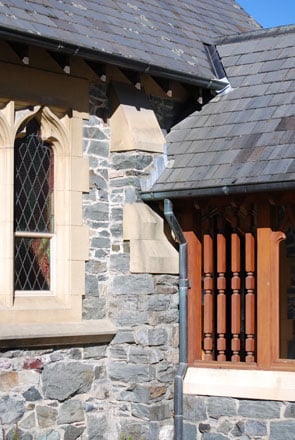 | 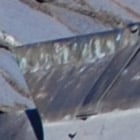 | |||
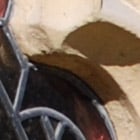 | ||||
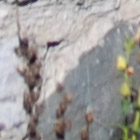 |
While the 55-200mm is a telephoto zoom, you can still use it for many walk-around shots like this when zoomed-out.
This photo of a church entrance was taken with the lens zoomed-out to its shortest 55mm focal length.
The crops show lots of detail, although some softening is apparent in the extreme corners – to be fair, the final crop was taken from the absolute bottom left corner though.
Portrait: 3.31MB, Aperture Priority, 1/500, f5.6, ISO 100, 55-200mm at 200mm (equivalent to 300mm)
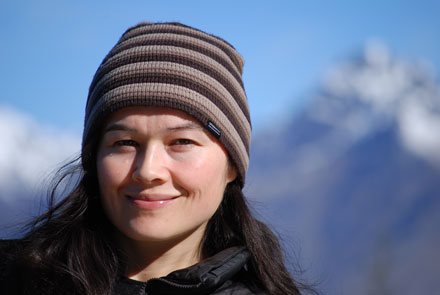 | ||||||
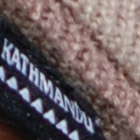 | 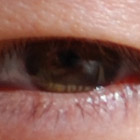 | 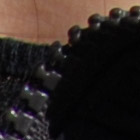 | ||||
The 55-200mm is a great portrait lens and the natural temptation is to stand back, zoom all the way in and set the aperture wide open.
That’s what we’ve done here and the result is a sharp subject with a nice blurred background.
The crops are sharp and detailed even with the aperture wide open here, and the VR very useful with the lens working at an equivalent of 300mm.
Portrait: 3.99MB, Program, 1/400, f10, ISO 200, 55-200mm at 55mm (equivalent to 83mm)
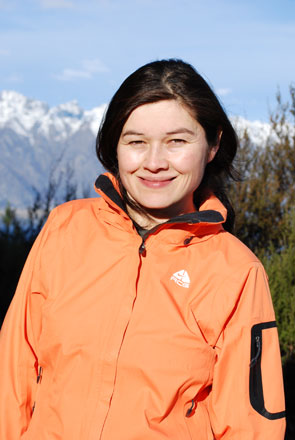 | 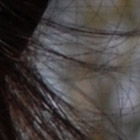 | |||
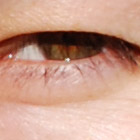 | ||||
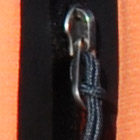 |
You don’t have to zoom all the way in for a good portrait shot.
This was taken with the lens zoomed-out to its shortest focal length of 55mm, and even with an aperture of f10 in Program mode, the background is reasonably blurred.
Once again the crops show sharp and well-resolved detail, although the main subject matter is away from the corners where this lens can be slightly soft.
Macro: 3.17MB, Aperture Priority, 1/250, f16, ISO 100, 55-200mm at 200mm (equivalent to 300mm)
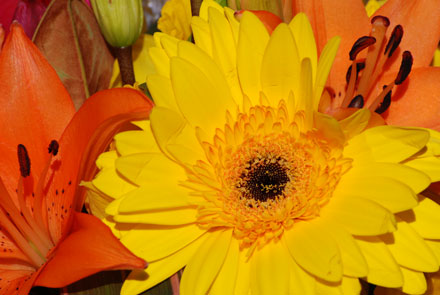 | ||||||
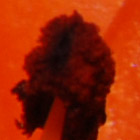 | 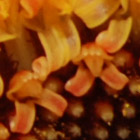 | 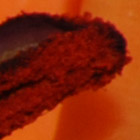 | ||||
You can enjoy decent macro results with the 55-200mm. This was taken zoomed-in and from the closest focusing distance, where the VR again proved very useful during composition.
We selected f16 for a greater depth of field and as such the crops are lacking the ultimate sharpness of say, f8, but it’s still a good result and proves you can use this lens for macro work.
You’ll have to be stood at least 1.1m away, but that in turn can be handy if you can’t (or don’t want to) get any closer to your subject.
Wildlife: 3.29MB, Aperture Priority, 1/2000, f5.6, ISO 200, 55-200mm at 200mm (equivalent to 300mm)
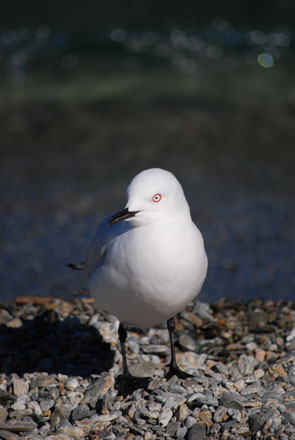 | 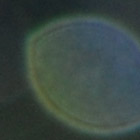 | Telephoto zooms are ideal for grabbing shots of wildlife, and this bird was photographed with the lens fully zoomed-in and the aperture wide open.
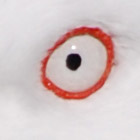 The crops are nice and sharp, although purists may not like the out of focus bokeh effect on point sources of light as seen in the first crop. | ||
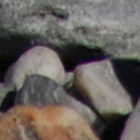 |
Wildlife: 2.87MB, Aperture Priority, 1/2000, f5.6, ISO 200, 55-200mm at 200mm (equivalent to 300mm)
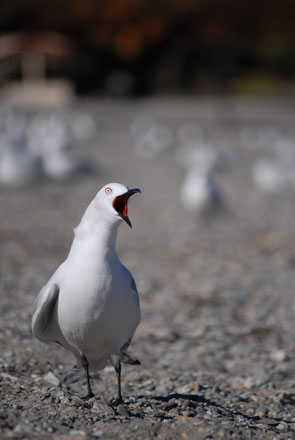 | 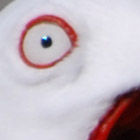 | |||
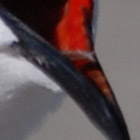 | ||||
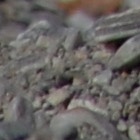 |
Sqwaaak! We couldn’t resist this second shot taken from the same location as the last one and also using the same settings.
Taken from a very low angle this time, it does however demonstrate the shallow depth of field that’s possible with the lens zoomed-in and the aperture open.
Here the depth of field is only a few cm deep, which you can see from the third crop. It’s useful for isolating your subject.

